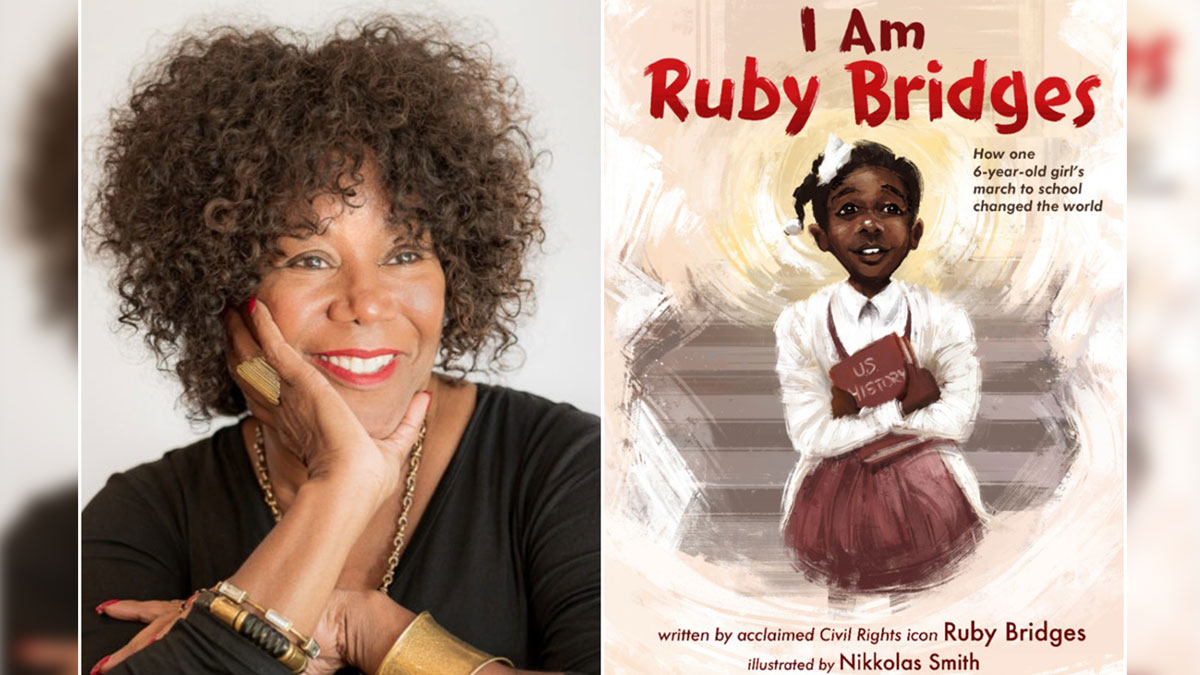
Nov. 14, 1960

Federal marshals escorted 6-year-old Ruby Bridges into William Frantz Elementary School in New Orleans. Day after day, whites jeered at the Mississippi native and three other Black children, Leona Tate, Gail Etienne and Tessie Prevost, who became the first to attend all-white elementary schools in the South.
Many white families left the school in protest, but Barbara Henry stayed and taught Bridges. Norman Rockwell depicted Bridges’ entry in his painting “The Problem We All Live With,” and she received the Presidential Citizens Medal in 2001. There is now a statue of her outside the elementary school, which bears her name.
“I was an innocent child that knew absolutely nothing about what was happening that day,” she recalled, “but I learned a very valuable lesson — we should never look at a person and judge them by the color of their skin. That’s the lesson I learned in first grade.”

